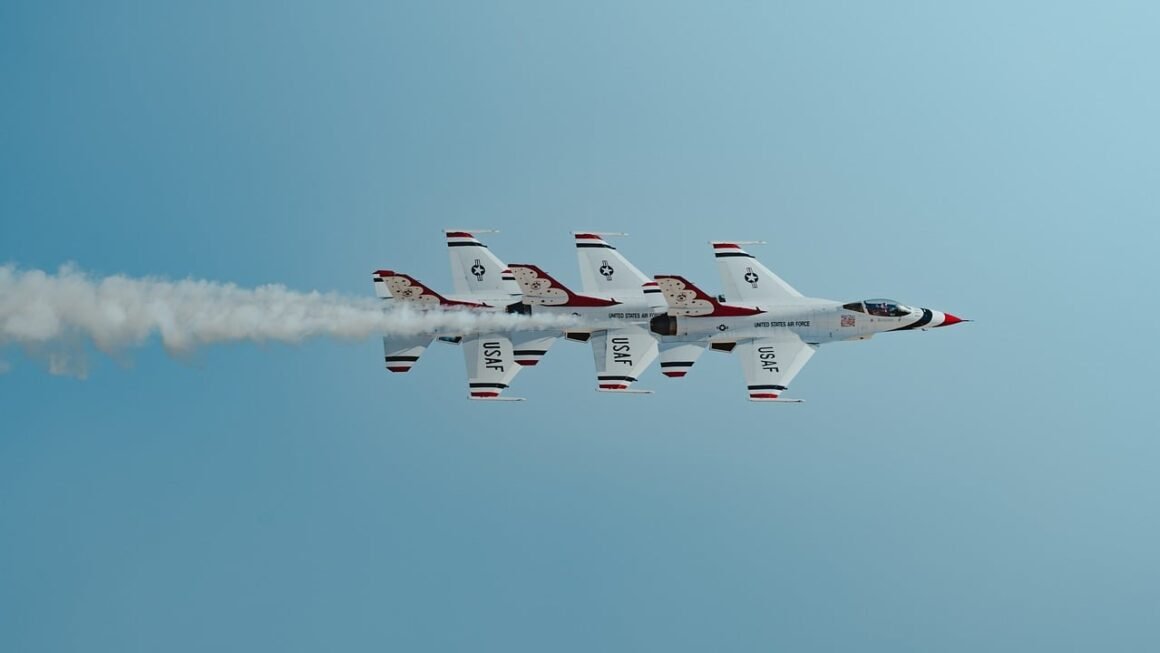Drones, once the exclusive domain of military applications and high-tech enthusiasts, have rapidly evolved into versatile tools accessible to hobbyists, photographers, farmers, and countless other professionals. Their ability to navigate complex environments, capture stunning aerial imagery, and perform tasks previously deemed impossible or cost-prohibitive has revolutionized numerous industries. This blog post delves into the multifaceted world of drones, exploring their various types, applications, regulations, and the future of this exciting technology.
Understanding Drone Technology
What Exactly is a Drone?
A drone, technically known as an Unmanned Aerial Vehicle (UAV), is an aircraft without a human pilot on board. Their flight is controlled either autonomously by onboard computers or remotely by a pilot on the ground. While the term “drone” often evokes images of quadcopters, drones encompass a much wider range of aircraft types, including fixed-wing models and even single-rotor helicopters.
- Components of a Drone: Most drones consist of the following core elements:
Airframe: The physical structure of the drone.
Motors and Propellers: Provide lift and propulsion.
Battery: Powers the drone’s electrical systems.
Flight Controller: The “brain” of the drone, responsible for stability and navigation.
GPS: Enables autonomous flight and precise positioning.
Camera (Optional): Captures photos and videos.
* Sensors (Optional): Detect obstacles, measure distance, and collect environmental data.
Types of Drones
The drone market is incredibly diverse, offering models tailored to specific needs and budgets. Here are some of the most common types:
- Multirotor Drones: These drones use multiple rotors (typically four or more) for lift and maneuverability. They are the most popular type due to their ease of use and stability. Examples include quadcopters (4 rotors), hexacopters (6 rotors), and octocopters (8 rotors).
- Fixed-Wing Drones: These drones resemble miniature airplanes and are more efficient for long-distance flights and endurance. They require a runway or launcher for takeoff and landing.
- Single-Rotor Drones: Similar to helicopters, these drones offer a balance of maneuverability and efficiency but are generally more complex to operate.
- Hybrid VTOL Drones: These drones combine the vertical takeoff and landing (VTOL) capabilities of multirotor drones with the efficiency of fixed-wing designs.
Drone Applications Across Industries
Photography and Videography
Drones have revolutionized aerial photography and videography, allowing professionals and hobbyists alike to capture breathtaking images and videos from unique perspectives.
- Real Estate: Showcasing properties from above provides a compelling overview of the surrounding area and the property’s features.
- Tourism: Capturing stunning landscapes and cityscapes to promote travel destinations.
- Filmmaking: Providing dynamic aerial shots for movies, documentaries, and commercials. A classic example is using drones to capture sweeping vistas in nature documentaries.
Agriculture
Drones are increasingly used in agriculture to monitor crops, assess plant health, and optimize irrigation.
- Crop Monitoring: Drones equipped with multispectral cameras can identify areas of stress or disease in crops, allowing farmers to take targeted action.
- Precision Agriculture: Applying fertilizers and pesticides only where needed, reducing waste and environmental impact. Data from drone imagery helps create precise application maps.
- Livestock Management: Monitoring livestock herds and identifying stray animals.
Inspection and Infrastructure
Drones are valuable tools for inspecting infrastructure, such as bridges, power lines, and wind turbines, often in hazardous or difficult-to-reach locations.
- Bridge Inspections: Drones can access and inspect hard-to-reach areas of bridges, detecting cracks and other structural damage without requiring costly and dangerous manual inspections.
- Power Line Inspections: Identifying damaged or faulty components in power lines, allowing for proactive maintenance and preventing power outages.
- Wind Turbine Inspections: Inspecting wind turbine blades for damage, which can be costly and time-consuming to inspect manually.
Delivery and Logistics
Drones are being explored for package delivery, potentially offering faster and more efficient delivery options, particularly in urban areas.
- Last-Mile Delivery: Delivering packages directly to customers’ homes or businesses. Amazon’s Prime Air is a prominent example of ongoing drone delivery development.
- Medical Supply Delivery: Delivering critical medical supplies, such as blood and medications, to remote or disaster-stricken areas. Zipline is a company that has successfully implemented drone delivery of medical supplies in several countries.
- Emergency Response: Delivering essential supplies to victims of natural disasters.
Drone Regulations and Safety
Understanding FAA Regulations (in the US)
Operating drones legally requires adherence to regulations set by governing bodies like the Federal Aviation Administration (FAA) in the United States.
- Part 107 Certification: Commercial drone operators typically need to obtain a Part 107 Remote Pilot Certificate. This involves passing a knowledge test covering topics such as airspace regulations, weather, and emergency procedures.
- Registration: All drones weighing over 0.55 pounds (250 grams) must be registered with the FAA.
- Operational Restrictions: Regulations limit drone flights near airports, over people, and at night (unless properly equipped and authorized).
- Recreational Flyers: While often less stringent, recreational drone pilots still need to follow safety guidelines and register their drones.
Drone Safety Tips
Prioritizing safety is crucial when operating drones to prevent accidents and ensure responsible use.
- Pre-Flight Checks: Always perform a thorough pre-flight check of the drone’s components, including battery levels, propellers, and GPS signal.
- Weather Conditions: Avoid flying in strong winds, rain, or other adverse weather conditions.
- Maintain Visual Line of Sight (VLOS): Keep the drone within your visual line of sight at all times.
- Avoid Obstacles: Be aware of your surroundings and avoid flying near trees, power lines, and other obstacles.
- Respect Privacy: Avoid flying over private property or recording individuals without their consent.
Insurance and Liability
- Drone Insurance: Consider obtaining drone insurance to protect against liability in case of accidents or damage. Commercial drone operators often require insurance coverage.
- Understanding Liability: Be aware of your liability for any damage or injury caused by your drone.
The Future of Drones
Technological Advancements
Drone technology is constantly evolving, with ongoing advancements in areas such as:
- Artificial Intelligence (AI): Enabling drones to perform autonomous tasks, such as object recognition, obstacle avoidance, and automated inspections.
- Increased Battery Life: Extending flight times and enabling longer-range operations.
- Advanced Sensors: Developing more sophisticated sensors for data collection and environmental monitoring.
- 5G Connectivity: Enabling faster and more reliable data transmission.
Emerging Applications
New and innovative applications of drones are constantly emerging, including:
- Search and Rescue: Assisting in search and rescue operations by providing aerial imagery and thermal imaging.
- Environmental Monitoring: Monitoring air quality, water pollution, and deforestation.
- Construction: Monitoring construction sites, inspecting buildings, and delivering materials.
- Security and Surveillance: Providing security and surveillance for large events and critical infrastructure.
Conclusion
Drones have undeniably transformed a wide array of industries, offering unprecedented capabilities and opportunities. From capturing stunning aerial imagery to optimizing agricultural practices and inspecting critical infrastructure, the potential applications of drones are vast and continue to expand. By understanding the technology, adhering to regulations, prioritizing safety, and embracing ongoing advancements, we can harness the power of drones to create a more efficient, sustainable, and innovative future. As drone technology matures, we can expect to see even more transformative applications emerge, further solidifying the role of drones in our lives.



